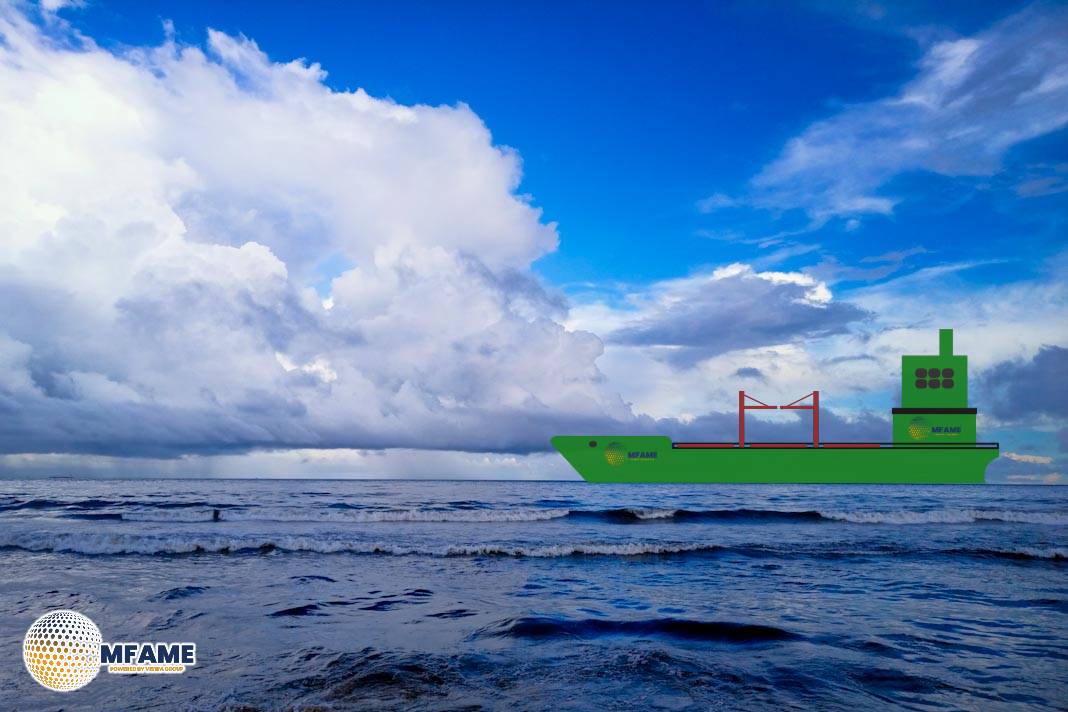- Methane Levels Exceed 20% LEL on Coal Cargoes Despite Declarations.
- IMSBC Code Guidelines Emphasised for Safe Coal Handling.
- Enhanced Safety Precautions Advised for Methane-Emitting Coal.
The International Group of P&I Clubs recently put out a circular that sheds light on the risks tied to coal shipments from the northeast Coast of the United States. This information is based on Marine Safety Alert 07-25 issued by the US Coast Guard (USCG). It turns out that coal loaded from these ports has sometimes registered methane (CH₄) levels that exceed 20% of the Lower Explosive Limit (LEL) during transit, even when the shipper’s cargo declaration didn’t mention any methane risk, reports Brittania P&I.
Shipper Responsibilities Under the IMSBC Code
Per the IMSBC Code Schedule for Coal, shippers are required to provide a written declaration detailing the cargo’s characteristics, especially if it has the potential to emit methane. Even if the declaration is spot on, it’s crucial to stick to standard operational and monitoring practices during loading and throughout the journey.
Key Operational Guidelines for Coal Cargoes
The Club stresses the importance of the following precautions for safely handling coal:
- Remove any sources of ignition in the cargo area or nearby spaces, including both fixed and temporary equipment.
- Make sure gas measuring equipment is in good shape, properly calibrated, and ready to go.
- Ensure that gas sampling points are set up and ready for use.
- The master must check that the cargo is evenly trimmed within the cargo space before setting sail.
- Ventilate the atmosphere for the first 24 hours after departure, unless it’s not allowed; continue this if methane levels go above 20% LEL or if the cargo is declared as methane-emitting.
- Take atmosphere measurements once during the first 24 hours of ventilation, and at least daily after that, depending on the results.
Special Precautions for Methane-Emitting Coal
When dealing with cargoes labelled as methane-emitting, or if gas measurements go beyond 20% LEL, it’s crucial to follow these steps:
- Keep the surface well-ventilated, except when testing the atmosphere.
- Exercise extra caution when opening hatch covers or any cargo hold openings to ensure that any trapped gases are cleared out and to prevent sparks.
- Make sure that both the cargo and the surrounding areas are properly ventilated and confirmed safe before allowing anyone to enter.
- Perform additional methane detection checks in nearby and enclosed spaces on board.
Reporting and Expert Advice
If there are any differences between the cargo’s characteristics and what the shipper declared, the master needs to inform the shipper about these discrepancies.
The Club also suggests getting expert advice if methane levels remain above 20% LEL even after continuous ventilation.
Did you subscribe to our daily Newsletter?
It’s Free Click here to Subscribe!
Source: Brittania P&I

















